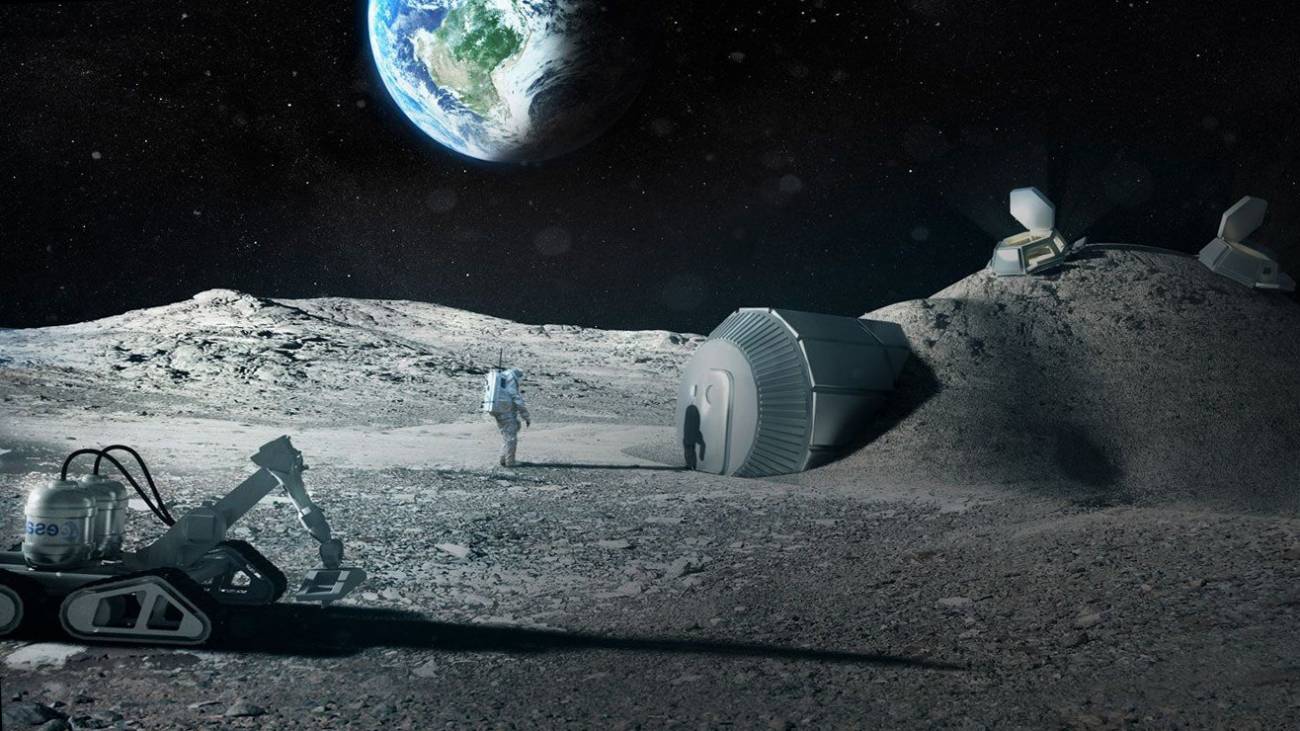From the Earth to the Moon and Back: Mission Possible

Americans are returning to the moon. They will arrive there in 10 years and this time for good. "We are not going to leave flags and footprints there, and then return home and wait another half a century", said NASA director James Bridenstein in Washington at a meeting with representatives of the US space industry. NASA chose nine private companies to compete in the latest Commercial Lunar Payload Services (CLPS) program. They can be actively involved in projects for the creation and development of lunar infrastructure, the development and delivery of equipment and technologies that will help establish expedition bases on the Moon. A moon base must be able to function autonomously for long periods of time. It is one of the main requirements the contractors must meet.
The sun is the main ‘non-imported’ energy source of the base, but other sources will actively be used as well. Water is the most important moon resource of interest to NASA at this stage. Access to it will allow creating a human settlement on the Earth’s satellite. It would not only meet the needs of future colonists, but also help produce the main components of fuel - hydrogen and oxygen. There is enough ice for that there. For example, ice deposits can be found in the dark areas of polar craters.
The practical implementation of the CLPS program will begin with the creation of the near-moon orbital station, Gateway. It will serve as a mooring for both rocket-robots and manned ships. This way, it will become a “transit point” for sending missions to the Moon, Mars and the far stretches of the Universe.









